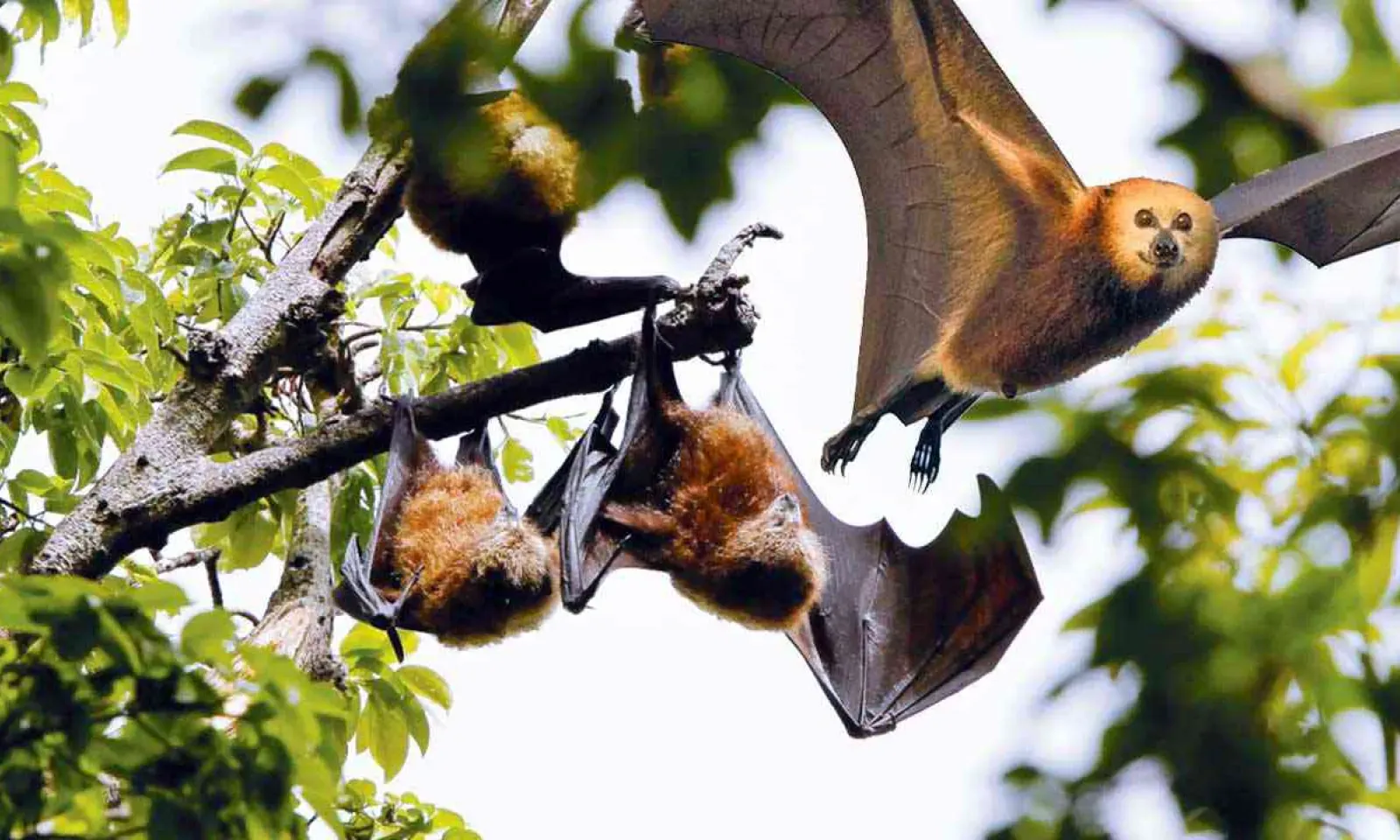
The Mauritian fruit bat or flying fox (Pteropus Niger) is the only native mammal and as to date, is currently classified as a vulnerable species by the International Union for Conservation of Nature (IUCN). The flying foxes remain the main surviving seeds dispersers and pollinators for several native plants. Bats can travel long distances and are capable of regenerating fragmented forests. This is in line with the ongoing attempts of afforestation by the government. In November 2015, the Ministry of Agro Industry and Food Security had proclaimed its intension to cull 18,000 bats in a view to reduce the damaged caused to fruits.

In photo: Dr. Vishal C. Jaunky, Director of J&R Institute of Research Ltd.
Scientific research on quantifying the fruit loss caused by bats remains scanty. According to the IUCN, the fruit bats are only responsible for roughly about 10% of fruit damage which has been substantiated by the MWF as being “fairly low”. Other factors include high winds, over-ripening, unharvested fruits, birds, rats, macaques, etc., account for a greater proportion of the damage. Last year’s culling has sparked great outrage on social media, as well as amongst local and international scientists. A related article written by Paul A. Racey and Rodrigo A. Medellín is available on the National Geographic website while Vincent Florens has published a similar one in the renowned Science journal.
The bat population of 90,000 as estimated by the government has been argued to be severely inflated and was surveyed about 50,000 only by the Mauritian Wildlife Federation (MWF). By end of May 2016, an appalling figure of 30,938 bats was announced to have been killed and this constitutes not 20% as targeted by the Ministry, but could well be above 60%. Last week, the Ministry was planning to resume with the culling. Another killing spree could potentially endanger the survival of the species and push it closer to extinction besides tarnishing further our international conservation image. During cyclones, about 60% to 80% of the bats can perish.

A representative sample of 535 Mauritians was used to capture the perception of the public towards the bat culling. The goal here is to understand how knowledge on public perception can help to safeguard the species. In doing so, a questionnaire was circulated between February and March 2016 and information about a respondent’s knowledge about flying foxes, perception about the culling, willingness to contribute to a conservation fund, among many others, was compiled.

Only three questions from the bat knowledge section were correctly answered by more than 50% of the respondents. For instance, only 21% of respondents know that the flying foxes form part of the island heritage. Despite the relatively poor knowledge on the mammal, majority of the respondents were against culling of the Mauritian flying foxes. A five-point likert scale (being 1 strongly disagree and 5 strongly agree) was applied to assess a respondent’s about whether culling was not necessary. If a respondent marks 3, this person is considered to be neutral. The result indicates that a great majority of about 75% have neutral or negative views towards bat culling. On average, respondents are willing to donate about Rs 320 annually to a conservation fund. There indeed seems to be a positive correlation between the level of knowledge and safeguard of the species.
In a view to protect the bats, the government should launch a sensitization campaign and encourage citizens to educate themselves about its importance in the ecosystem. General disapproval of majority of the population warrants alternative means rather than actual cruel culling. The government is already provided short-term solution by subsidizing nets and this could be extended by providing technical support in placing the nets, bat repellants with recorded sounds and flash lights, scare guns, fruit protection bags, etc. Investing in restoration of natural habitat and bat viewing for locals and tourists could provide viable long-term solutions. Recently, Mr. Giandutt Gooroochurn, a local farmer of litchis, has devised various effective ways to drive the bats away, with the use of smokes, firecrackers, etc. We should also be inspired by Richard Turere, who at the age of 11, developed a low-cost device to protect his livestocks against lions and which in turn helps to preserve the wildlife. If an untrained child can find a sustainable solution, so can we!







